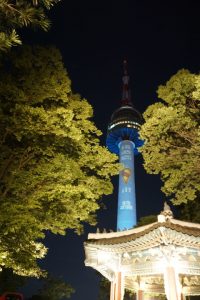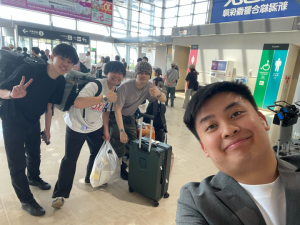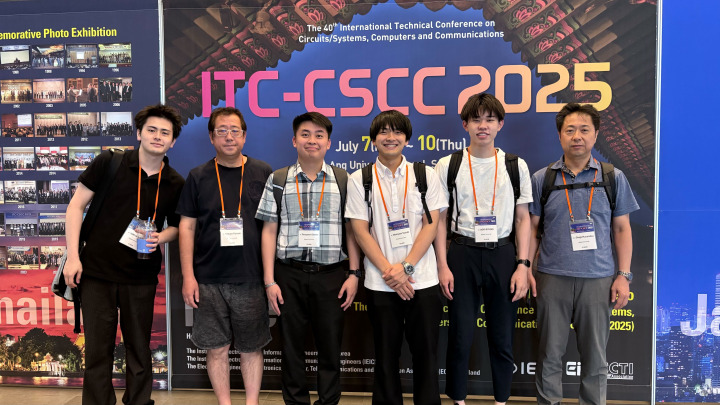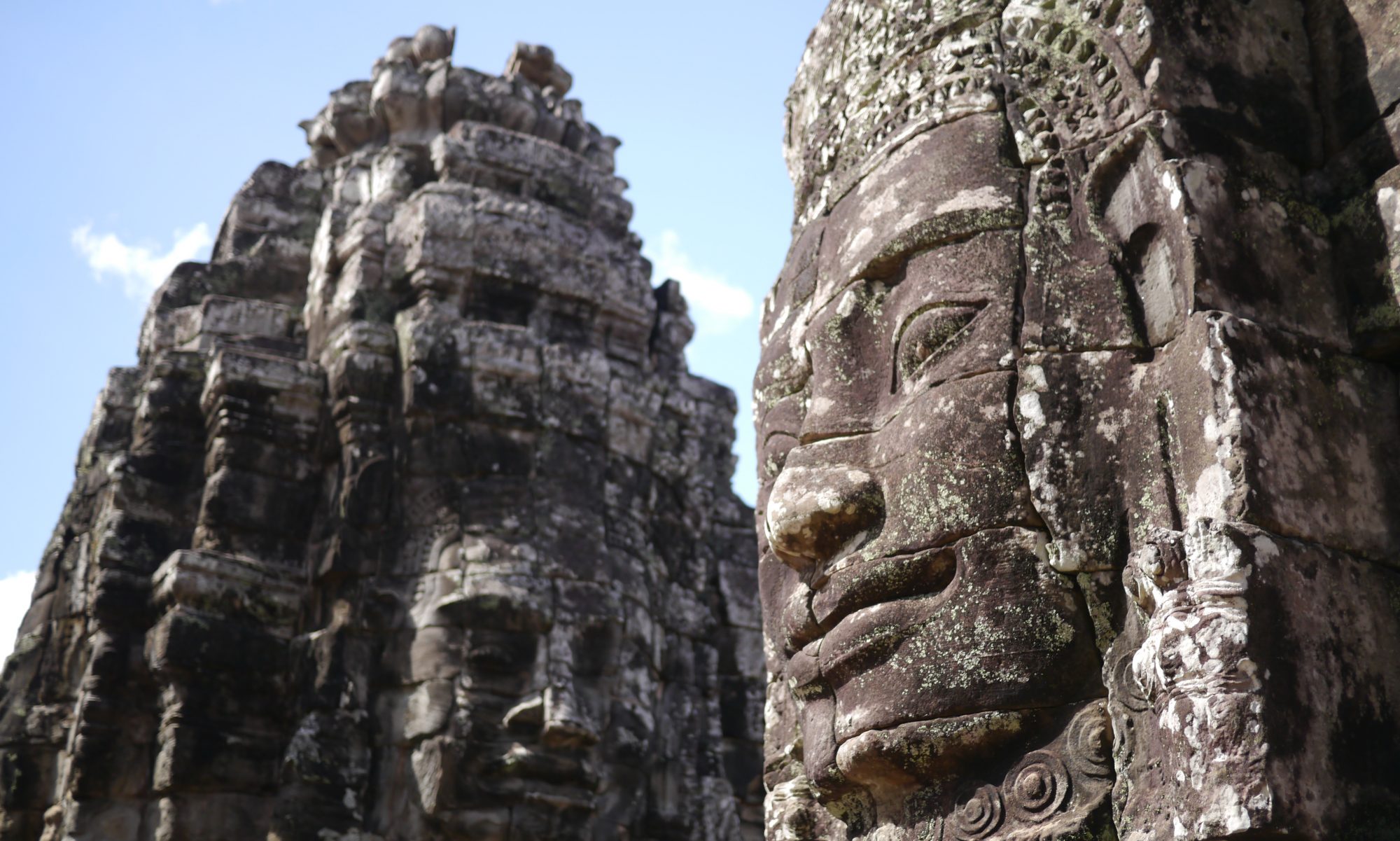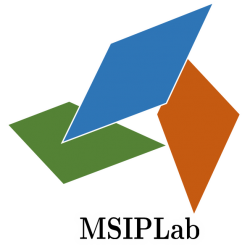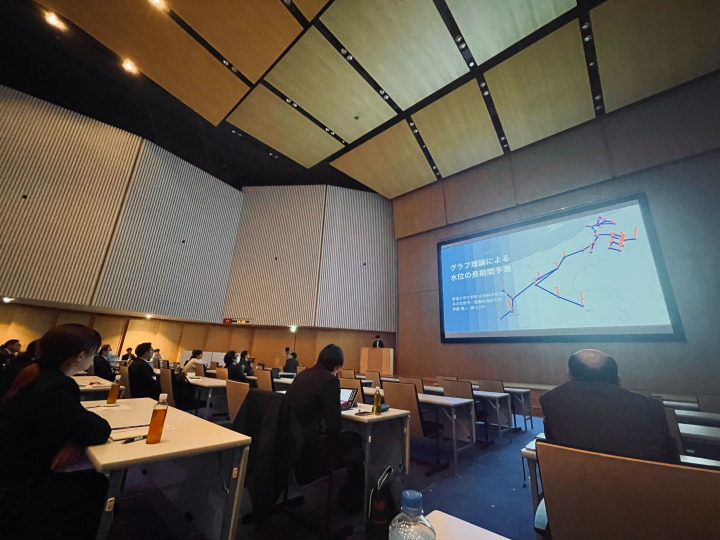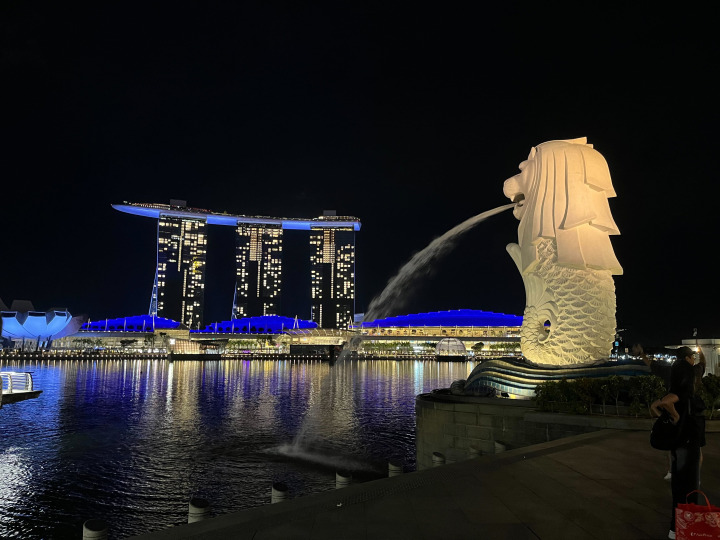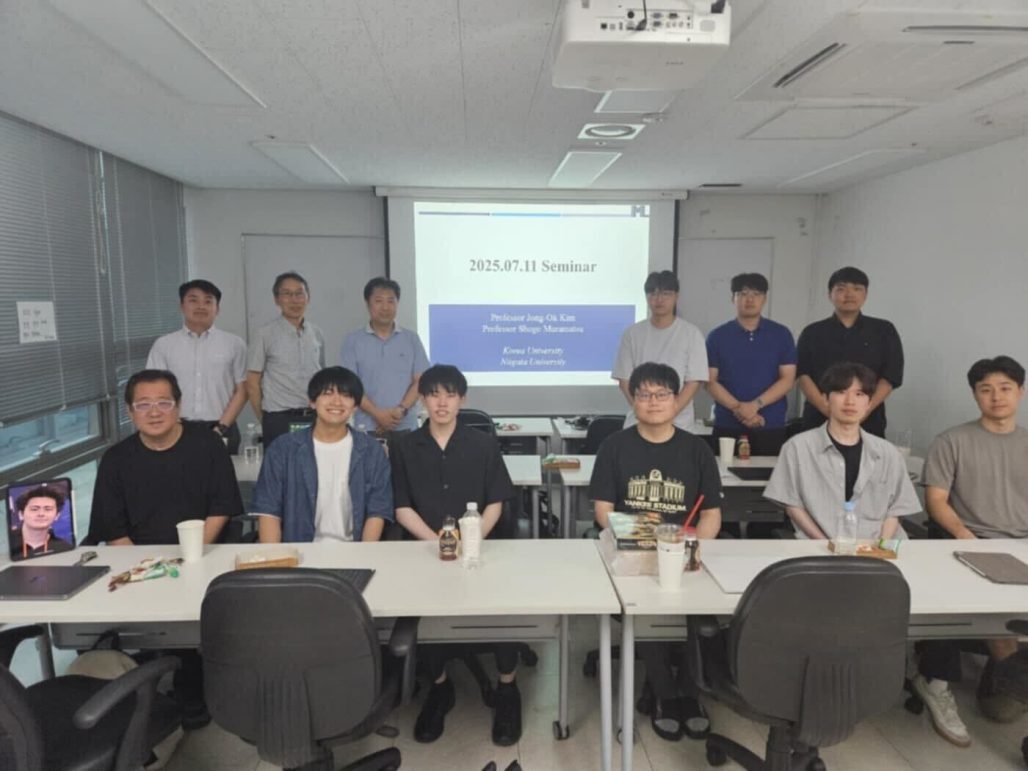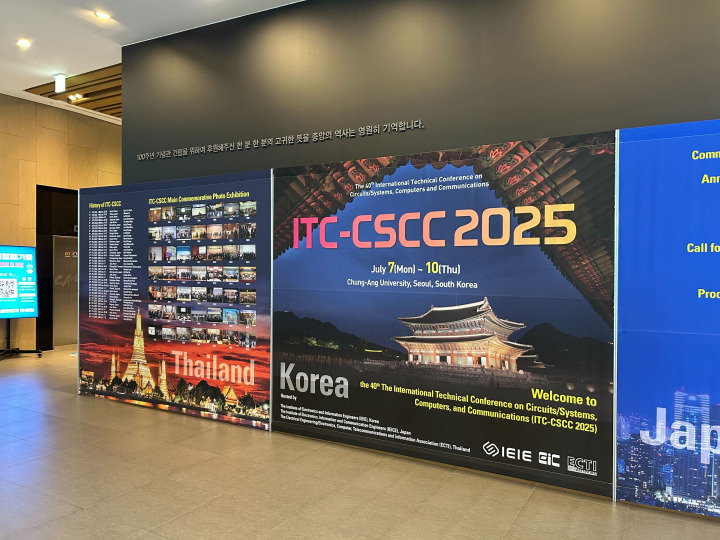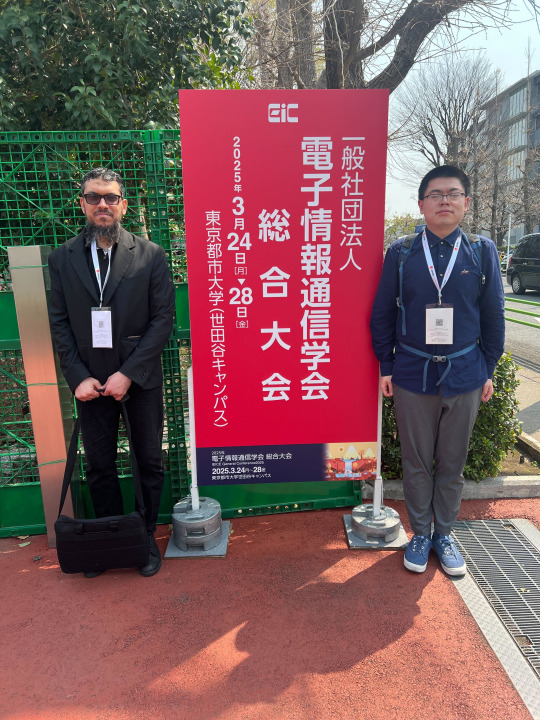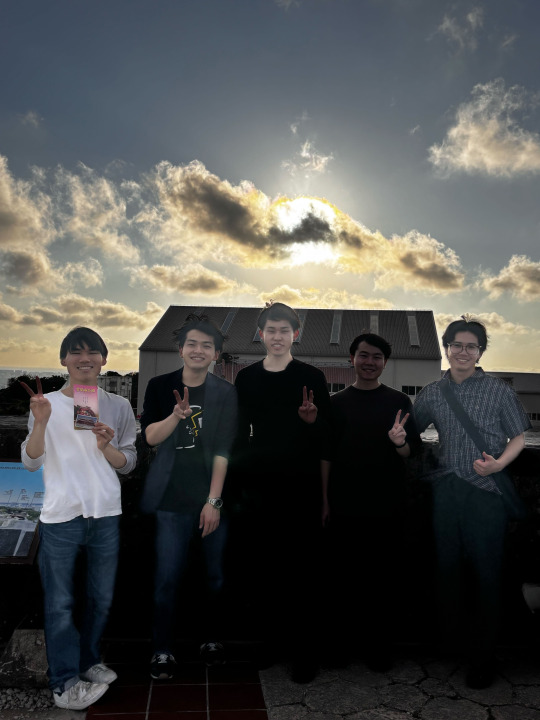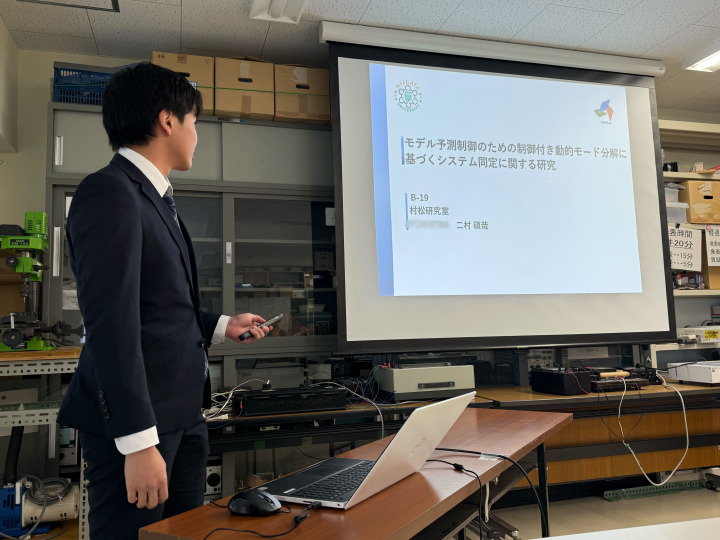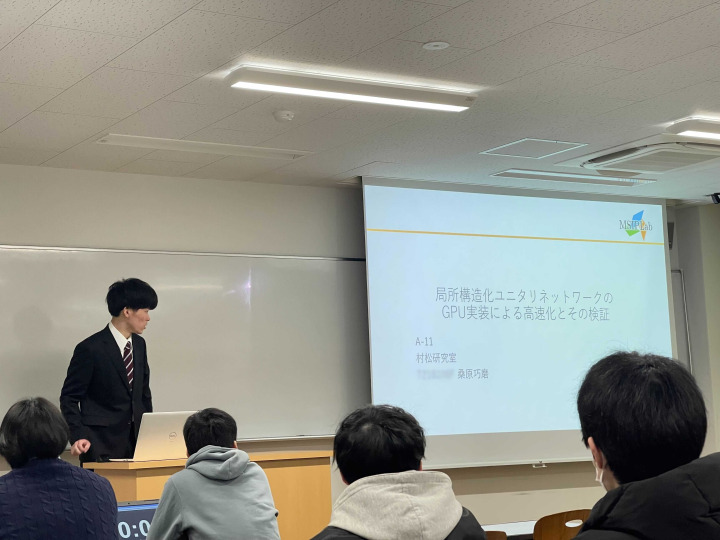Sorry, this entry is only available in Japanese.
(日本語) APSIPA ASC 2025 参加報告
(日本語) 新研究科 の情報
Report on the Joint Seminar with Korea University
On July 11, 2025, we held a joint seminar with Professor Kim’s laboratory at the Seoul campus of Korea University.
In the joint seminar, we shared the contents of ITC-CSCC2025 and exchanged many opinions between universities. Many of the opinions exchanged will be useful for future research, and it seems that we will be able to take our research to the next level.
After the joint seminar, there was a dinner party. We enjoyed a variety of Korean dishes and were able to further deepen our exchanges with students!
We will continue to conduct research activities while cherishing these international connections. We wish both laboratories further success in the future!
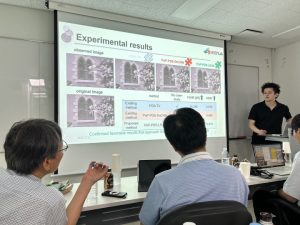
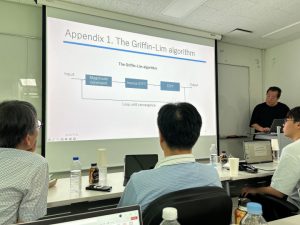
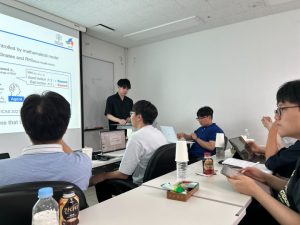
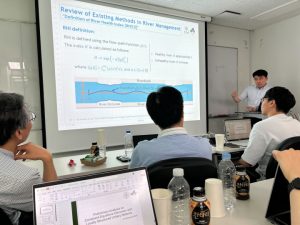
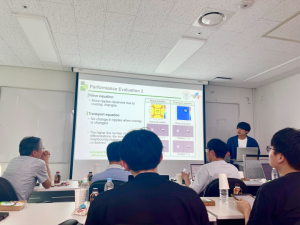

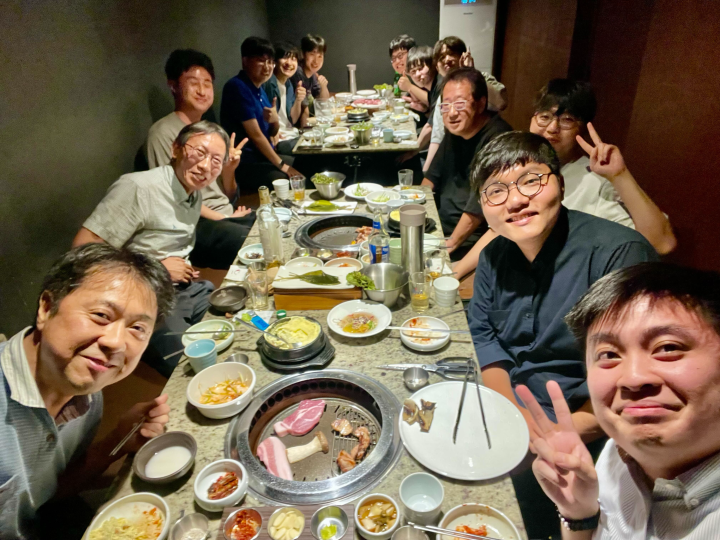
ITC-CSCC 2025 Participation Report
ITC-CSCC 2025 was held at Chung-Ang University in Seoul, Korea, from July 7 to July 10, 2025.
ITC-CSCC is the conference focusing on circuits, systems, computers, and communication technology, held in Japan, South Korea, and Thailand.
Five members from our laboratory participated and gave presentations on the following topics.
- Motoyasu SUZUKI1, Shogo MURAMATSU1 (1.Niigata University) , “Preliminary Analysis on Dynamics Equation Discovery with Locally Structured Unitary Network”
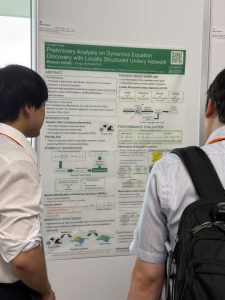
- Phonepaserth SISAYKEO1, Hiroyasu YASUDA1, Kiyoshi HAYASAKA1, Shogo MURAMATSU1 (1.Niigata University), “Digital Twin of River by 3D Modeling with Sediment Simulation for Flow Path Assessment”
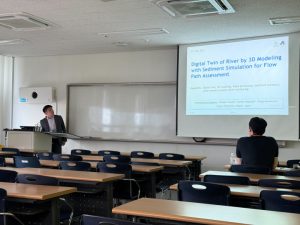
- Ryusei AOKI1, Phonepaserth SISAYKEO1, Kiyoshi HAYASAKA1, Hiroyasu YASUDA1, Shogo MURAMATSU1 (1.Niigata University), “3D Physical Model of Controllable Artificial Variable Width Channel with Reinforcement Learning”
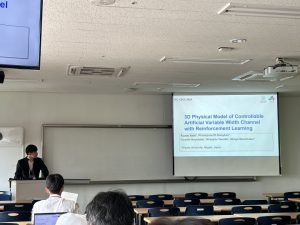
- Tatsuya FUJISAKI1, Shogo MURAMATSU1 (1.Niigata University), “Parameter Estimation for the Fast Griffin-Lim Algorithm by Unrolling”
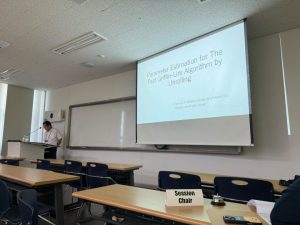
- Yuki YAMADA1, Shogo MURAMATSU1 (1.Niigata University), “Plug-and-Play Image Restoration with Locally Structured Unitary Network Denoiser”
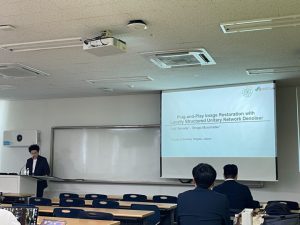
In addition, the following joint research was also presented:
- Seung Yeop Baek1, Dong Hoon Kang1, Young-Seo Kim1, Shogo Muramatsu2 and Jong-Ok Kim1(1.Korea University)(2.Niigata University), “Leveraging Text Labels for Color Constancy”
During the presentation, we were able to discuss various topics with experts from many different countries and receive a lot of feedback. Although I felt that my English presentation skills were lacking, it was a very good experience that will help me improve my future research activities. I will use this conference as motivation to continue working diligently on my research!
In next year, ITC-CSCC will be held in Bangkok, Thailand. Let’s work hard on our research with the aim of submitting papers to ITC-CSCC, where we can gain a wealth of experience!
